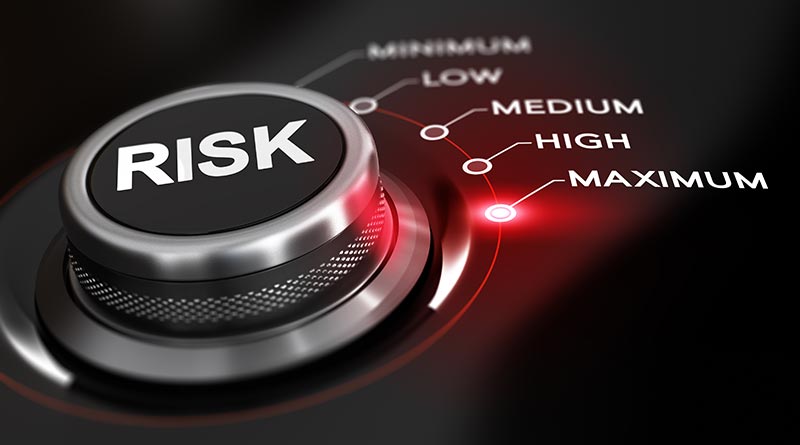Fax machines provide your business with essential communication channels. But they also invite risky practices that could result in serious harm to your brand. Find out what the problems are and how you can solve the problem.
Article overview:
5 Fax Security Risks
- Vulnerable Technology
- Unauthorised Document Access
- Missent Information
- Loss of Data
- No Data Encryption
How to Avoid Fax Security Problems
Avoidance of the problems associated with fax machines is simple. Online fax offers an alternative solution that enables fax without the security risks of outdated technology. Secure your fax while removing fax machines by switching to online fax.
Learn More! Read the Full Story Below
Five Fax Security Risks
If your business uses fax machines to send and receive documents, it faces five massive fax security risks that could jeopardise data safety. In the current age of GDPR — where data protection breaches could mean total business collapse — it is essential good practices aren’t ignored, and bad practices are stamped out. But what are the fax security risks affecting your business?
What do you need to know about?
1. Vulnerable Technology
Modern-day Fax machines might look slightly different from their 60s counterparts, but in essence, the technology remains the same. Transmission protocols required to send fax are almost identical to the devices sold decades ago — meaning they are horribly outdated. Hackers have become aware of just how easy it is to take advantage of the older tech to gain access to business systems. Exploits like the faxpliot make it simple for attackers to bypass security measures such as firewalls protecting newer hardware and infiltrate your IT networks via your connected fax machines.
2. Unauthorised Document Access

When a fax document is transmitted, it either ends up in a print queue or prints and is left on the fax paper tray. If the fax machine is in a public area, it becomes accessible to whoever can enter that space. This means documents you send and receive have the potential to be viewed by unauthorised individuals. Let’s use the example of a physiotherapist sending patient information to a doctor’s surgery. If that fax arrives in an unattended reception area, a member of the public could potentially pick up and read the file. This scenario is extreme, but it’s not unrealistic. More commonly, a business may send over client information for the eyes of a particular individual, but it is intercepted by another member of staff who shares fax machine use.
3. Missent Information
4. Loss of Data
Fax machines create paper files, and paper files are notorious for being vulnerable to loss and theft. Simple mistakes can lead to massive problems, such as when confidential files stored by the Australia government were lost and then later discovered in a secondhand shop. It’s all too easy to misplace a piece of paper or have somebody snatch it up without you noticing. Fax machines are one of the few items left in the office environment that produce paper documents containing sensitive data. They are also one of the largest reasons for this continued problem.
5. No Data Encryption
Fax machines communicate using an analogue line — lines that are fast becoming obsolete thanks to the ISDN switch off. Data sent through analogue lines cannot be encrypted — the technology just does not allow for it. This means anyone who can access your line can hijack the information. The result is that fax machine communications become very susceptible to local attacks and direct data theft.
How to Remove Fax Security Risks
All of the above problems exist because of one overriding factor: fax machines are outdated. They are old technology designed to support business communication during a bygone era. Yet they remain, in a modern world where they just don’t fit. What’s needed is an alternative that can meet the demands of the 21st-century. An alternative that still provides the functionality of the fax machine that so many businesses depend on.
Online fax services offer that solution.
Online faxing enables businesses to continue fax communication without the need for fax machines. Fax documents are sent and received through digital devices like smartphones and computers, eliminating the risks associated with the fax machine. The result is you can keep the fax systems that are so important for success, without having to worry about the dangers present when operating fax machines.